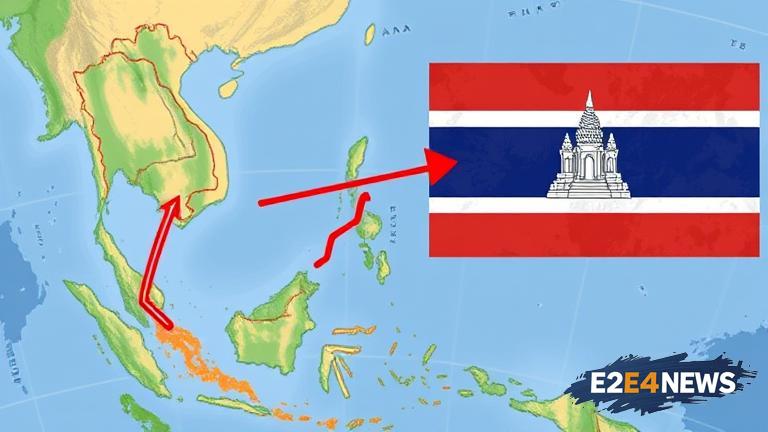The Thailand-Cambodia border dispute is a complex and contentious issue that has been ongoing for decades. The conflict centers around a disputed area near the Preah Vihear temple, a UNESCO World Heritage site located on the border between the two countries. Both Thailand and Cambodia claim ownership of the area, which is rich in natural resources and has significant cultural and historical importance. The dispute has its roots in the early 20th century, when the border between Thailand and Cambodia was established by French colonial powers. However, the border was never clearly demarcated, leading to confusion and tensions between the two countries. In recent years, the dispute has escalated into a full-blown conflict, with both countries deploying troops to the area and engaging in skirmishes. The conflict has also had significant economic and environmental impacts, with the disputed area being home to several endangered species and important ecosystems. Despite efforts to resolve the dispute through diplomatic means, the conflict remains unresolved. The Thai government has long claimed that the disputed area is part of its territory, while the Cambodian government argues that it is part of its sovereign territory. The dispute has also been fueled by nationalist sentiment in both countries, with many citizens on both sides calling for their government to take a strong stance on the issue. The conflict has also had significant regional implications, with other countries in Southeast Asia being drawn into the dispute. The Association of Southeast Asian Nations (ASEAN) has attempted to mediate the conflict, but so far, no resolution has been reached. The dispute has also had significant humanitarian impacts, with many civilians being displaced or affected by the conflict. The international community has called for calm and restraint, but the conflict remains a major concern for regional stability. The Thai and Cambodian governments have both stated their commitment to resolving the dispute peacefully, but the situation remains tense. The conflict has also highlighted the need for clearer border demarcation and more effective dispute resolution mechanisms in the region. The economic impacts of the conflict have been significant, with trade and tourism between the two countries being affected. The environmental impacts have also been significant, with the disputed area being home to several endangered species and important ecosystems. The conflict has also had significant social impacts, with many communities being affected by the dispute. The international community has called for a peaceful resolution to the conflict, but the situation remains complex and challenging. The Thai and Cambodian governments must work together to find a solution that is acceptable to both sides and that takes into account the needs and concerns of all stakeholders. The conflict has also highlighted the need for more effective regional cooperation and conflict resolution mechanisms. The ASEAN has a key role to play in resolving the conflict and promoting regional stability. The conflict has also had significant implications for the region’s security and stability, with the potential for the conflict to escalate into a wider regional conflict. The Thai and Cambodian governments must prioritize diplomacy and dialogue in order to resolve the conflict peacefully. The international community must also provide support and assistance to help resolve the conflict and promote regional stability.
